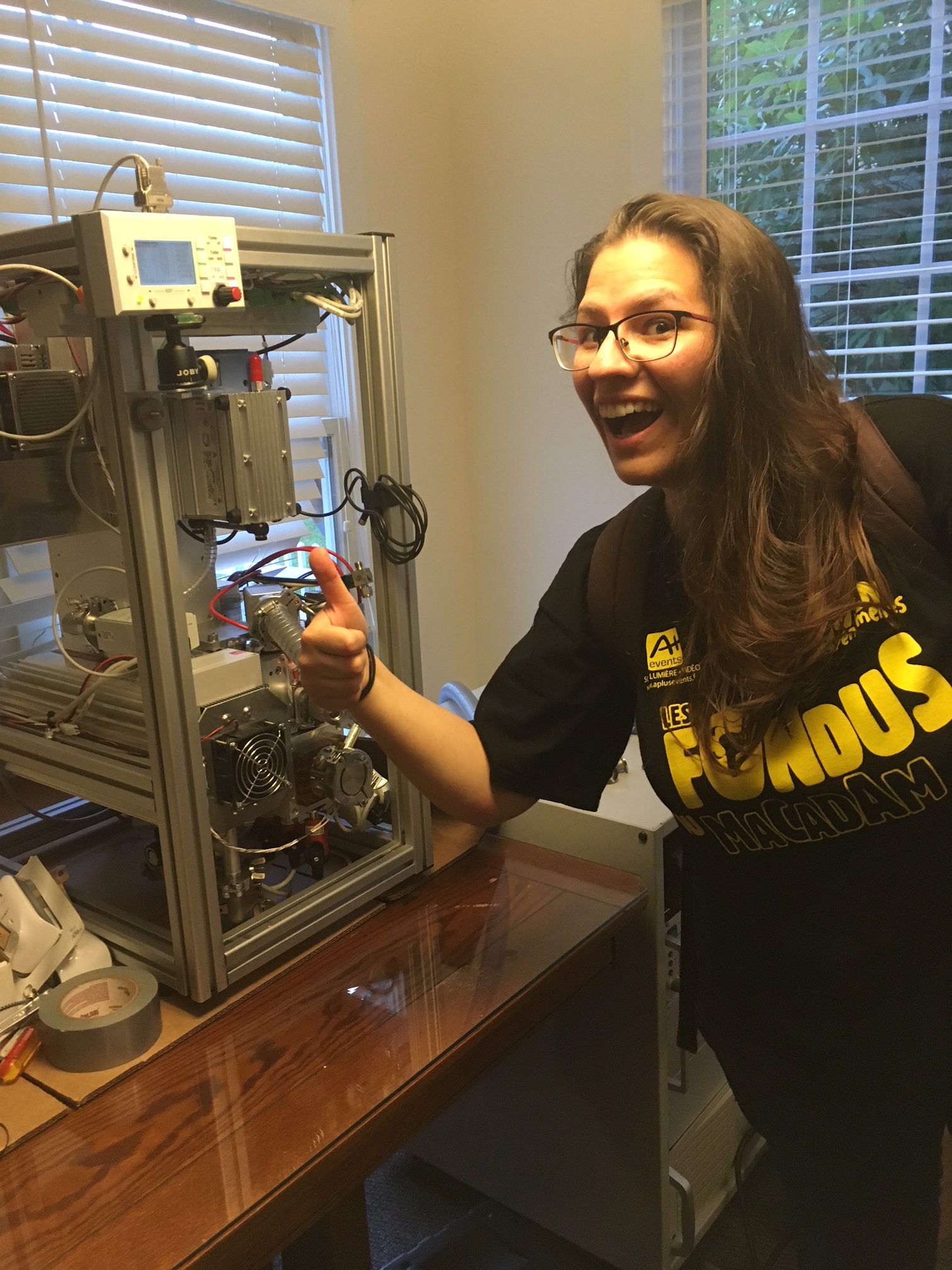“Dampness” affects 20-50% of U.S. buildings and is associated with adverse health effects that microbial exposures have only partially explained. We know that reactions of water-soluble organic gases on wet outdoor surfaces alters the composition of outdoor air. Surfaces play a more important role in indoor chemistry, where surface area-to-volume ratios are greater than 3 m2/m3, orders of magnitude greater than the <0.01 m2/m3 typical of ambient outdoor air. Our measurements to date, in 13 homes, show that concentrations of water-soluble organic gases are roughly 15 times higher indoors than out. Thus, we expect that chemistry on wet indoor surfaces will alter the composition of indoor air. However, very little is known about the existence, thickness and properties of water films indoors. Little is known about the composition and concentration dynamics of water-soluble organic gases indoors, and about their chemistry and fate. This is important, in part, because people spend the vast majority of their time indoors, where they are exposed to these mixtures.
The overall goal of the proposed research is to provide chemical insights and quantitative constraints needed to evaluate the degree to which water films in damp homes alter indoor air composition.

The proposed project is designed to improve characterization of indoor water-soluble organic gases (WSOGs), their chemistry and fate indoors and to provide key information needed to predict the degree to which water in damp homes alters indoor air composition (i.e., thickness of water films, molecular WSOGs identification, WSOGs reactive uptake coefficients, aqueous chemistry and product formation).
We aim to:
- measure the water uptake/water content of fresh and aged (soiled/oxidized) indoor surfaces at low and high relative humidity (RH);
- measure the reactive uptake and equilibrium partitioning of selected WSOGs to indoor surfaces;
- develop insights concerning the chemistry and fate of WSOGs on damp, realistic indoor surfaces; and
- perform real-time molecular-level characterization of WSOGs in selected homes.
To accomplish this, we will conduct controlled experiments using authentic clean and soiled indoor surfaces in the laboratory and conduct real-time measurements of selected water-soluble organic gases in real homes.
PI: Barbara Turpin
Co-PIs: Jason Surratt, Joanna Atkin, Glenn Morrison